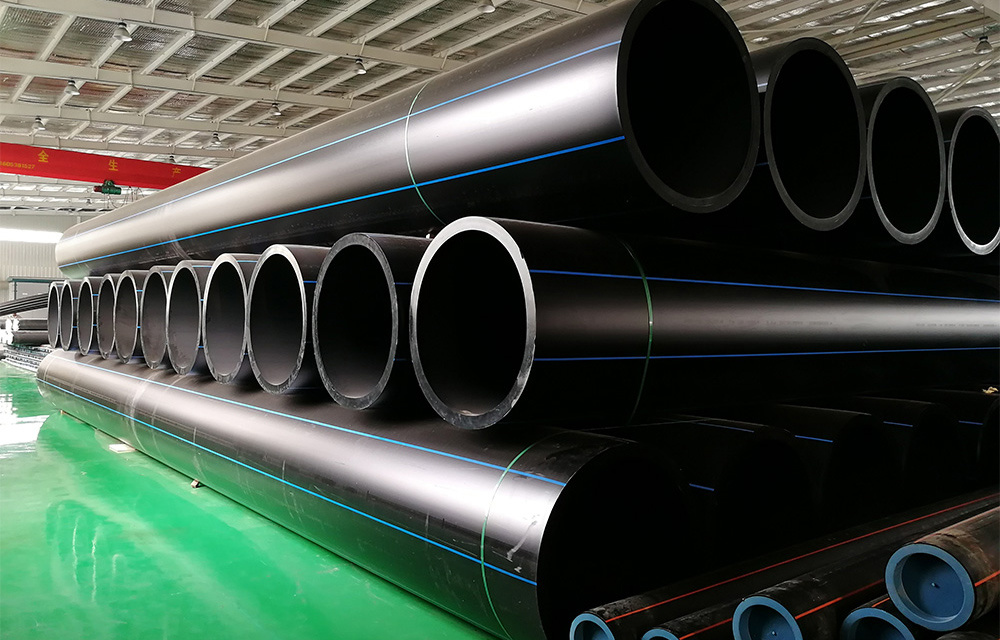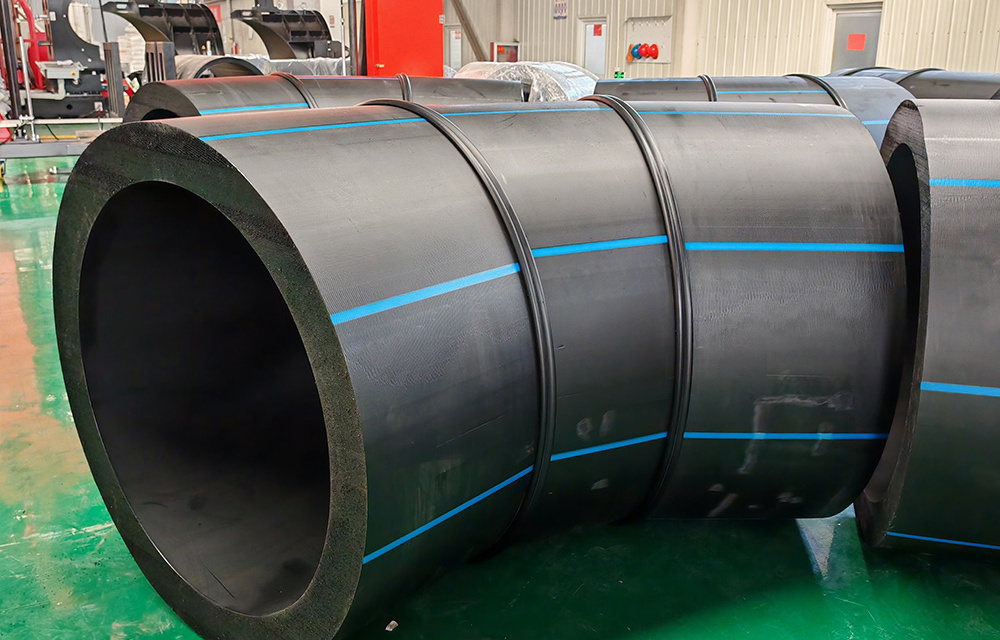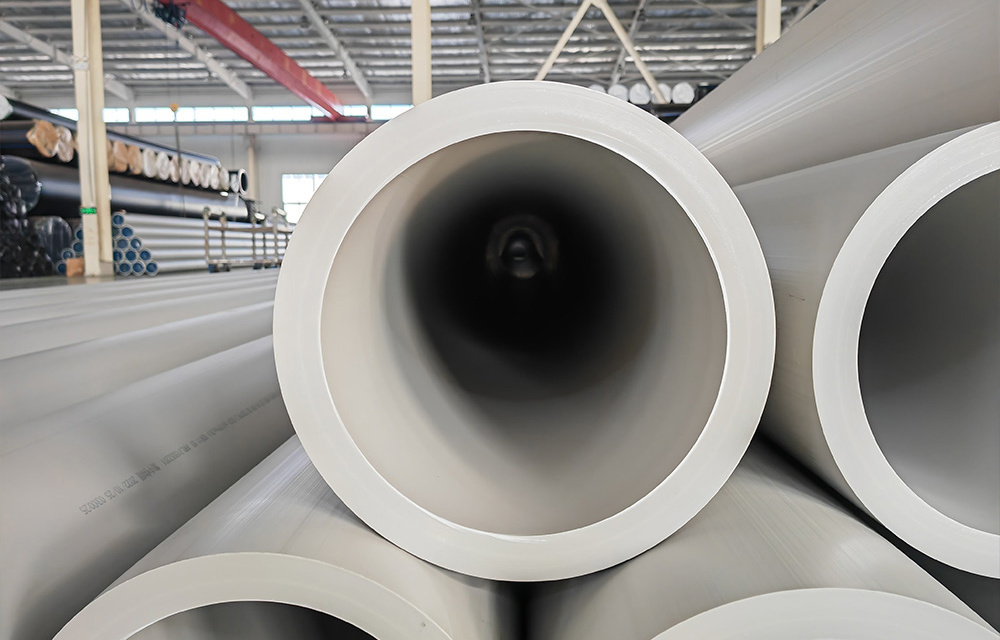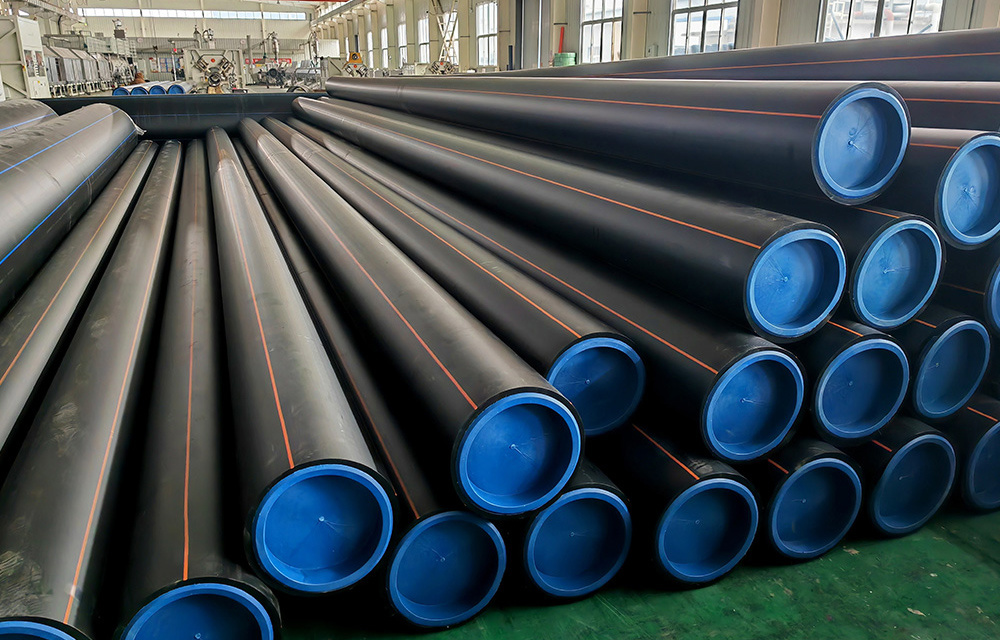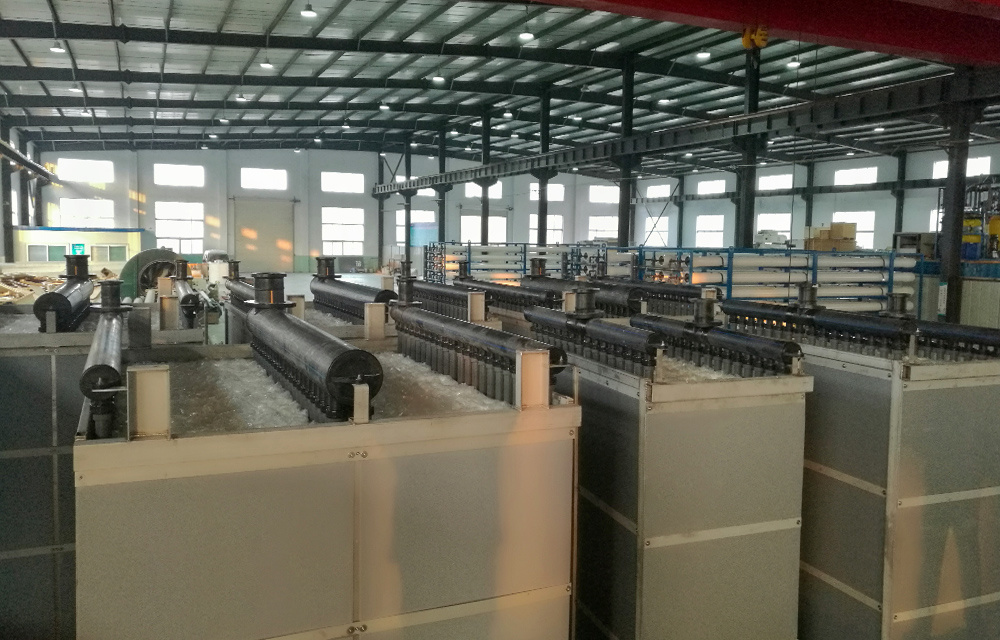17
2025
-
10
The Role of FRPP Pipe in Sustainable Construction Practices
The Role of FRPP Pipe in Sustainable Construction Practices Introduction to FRPP Pipes and Their Importance in Construction In the realm of construction, the materials we choose play a pivotal role in determining the sustainability and efficiency of our projects. **Fiberglass Reinforced Polypropylene (FRPP) pipes** have emerged as a preferred solution, especially in the context of sustainable cons
The Role of FRPP Pipe in Sustainable Construction Practices
Introduction to FRPP Pipes and Their Importance in Construction
In the realm of construction, the materials we choose play a pivotal role in determining the sustainability and efficiency of our projects. **Fiberglass Reinforced Polypropylene (FRPP) pipes** have emerged as a preferred solution, especially in the context of sustainable construction practices. These pipes are not only durable and lightweight but also contribute significantly to energy saving and environmental protection.
Understanding FRPP Pipes: Composition and Characteristics
FRPP pipes are a composite material made by combining fiberglass and polypropylene. This unique composition offers a multitude of advantages over traditional piping materials.
Key Characteristics of FRPP Pipes
1. **Lightweight**: FRPP pipes are significantly lighter than their metal counterparts, making installation easier and reducing transportation costs.
2. **Corrosion Resistance**: Unlike metal pipes, FRPP pipes do not corrode, leading to longer lifespans and reduced maintenance costs.
3. **High Strength-to-Weight Ratio**: The fiberglass reinforcement provides exceptional strength while maintaining a lightweight structure.
4. **Chemical Resistance**: FRPP pipes exhibit excellent resistance to a wide range of chemicals, making them suitable for various applications, including waste management and chemical processing.
The Environmental Benefits of Using FRPP Pipes
In recent years, the construction industry has seen a shift towards materials that support environmental sustainability. FRPP pipes stand out in this regard, offering several key benefits.
Reduction of Carbon Footprint
The production and transportation of construction materials contribute significantly to greenhouse gas emissions. **FRPP pipes**, due to their lightweight nature, require less energy for transportation, thereby reducing carbon emissions associated with logistics.
Longevity and Durability
The **durability of FRPP pipes** means that they have a long operational lifespan, which minimizes the need for replacements and repairs. This longevity not only benefits contractors in terms of cost but also reduces waste associated with the disposal of old materials.
Recyclability and Eco-friendliness
FRPP pipes can be recycled, further enhancing their sustainability profile. The ability to repurpose these materials at the end of their lifespan helps mitigate the environmental impact associated with traditional piping systems.
Applications of FRPP Pipes in Sustainable Construction
FRPP pipes are versatile and can be employed in various applications within sustainable construction practices.
Drainage Systems
In sustainable construction, effective drainage is crucial to prevent waterlogging and soil erosion. FRPP pipes are ideal for drainage systems due to their corrosion resistance and lightweight properties, ensuring efficient water flow and management.
Wastewater Management
The chemical resistance of FRPP pipes makes them an excellent choice for wastewater management systems. They can safely transport effluents without degrading, ensuring that environmental standards are met and maintained.
Industrial Applications
In industrial settings, FRPP pipes are used for transporting aggressive chemicals and materials. Their ability to withstand harsh environments makes them a reliable option, contributing to safer operational practices.
Cost-Effectiveness of FRPP Pipes in Sustainable Building
While the initial investment in FRPP pipes may be slightly higher than traditional materials, their long-term benefits make them a cost-effective choice for sustainable building practices.
Lower Maintenance Costs
Due to their corrosion resistance and durability, FRPP pipes require less maintenance compared to metal pipes. This translates to significant savings over the lifespan of the pipes, making them an economically viable option for contractors and builders.
Energy Efficiency
The lightweight nature of FRPP pipes not only reduces transportation costs but also allows for easier installation processes, which can significantly cut down on labor costs. Additionally, their efficiency in transporting fluids contributes to overall energy savings in construction operations.
Challenges and Considerations When Using FRPP Pipes
Despite their many advantages, there are challenges associated with the implementation of FRPP pipes in construction.
Temperature Sensitivity
FRPP pipes can be sensitive to extreme temperatures. In regions with significant temperature fluctuations, careful consideration must be given to their installation and usage to prevent deformation.
Joining Techniques
Proper joining techniques are essential to ensure the integrity of FRPP pipes. Familiarity with the latest joining methods, such as solvent welding or mechanical fittings, is crucial for reliable installations.
Future Trends in FRPP Pipe Usage
As the construction industry continues to evolve, so do the applications and technologies surrounding FRPP pipes. Emerging trends indicate a growing emphasis on smart systems and sustainable technologies.
Integration with Smart Technologies
With the advent of smart construction technologies, FRPP pipes may soon be integrated with sensors that monitor flow rates, pressure levels, and potential leaks. This integration can provide real-time data for maintenance and efficiency optimization.
Conclusion: The Path Forward for FRPP Pipes in Sustainable Construction
The role of FRPP pipes in sustainable construction practices is both significant and multifaceted. Their unique properties offer environmental benefits, cost savings, and versatility across various applications. As we move towards a more sustainable future, embracing materials like FRPP is crucial for the construction industry. By prioritizing innovative solutions, we can create buildings that are not only durable and efficient but also environmentally responsible.
FAQs about FRPP Pipes in Sustainable Construction
1. What are FRPP pipes made of?
FRPP pipes are composed of fiberglass reinforced polypropylene, offering a combination of strength and lightweight characteristics.
2. How do FRPP pipes contribute to energy savings?
Their lightweight nature reduces transportation and installation energy costs, while their durability minimizes the need for replacements, further contributing to energy efficiency.
3. Are FRPP pipes environmentally friendly?
Yes, FRPP pipes are recyclable, require less energy for transportation, and have a long lifespan, making them an eco-friendly choice in construction.
4. Can FRPP pipes be used for drinking water applications?
While FRPP pipes are primarily used for drainage and wastewater management, certain grades can be suitable for potable water applications, provided they meet health and safety standards.
5. What are the common challenges faced with FRPP pipes?
Challenges include temperature sensitivity and the need for proper joining techniques to ensure system integrity and performance.
In conclusion, the integration of FRPP pipes into construction practices represents a significant step towards achieving sustainability in building. By understanding their benefits and applications, we can make informed choices that contribute to a greener future.


